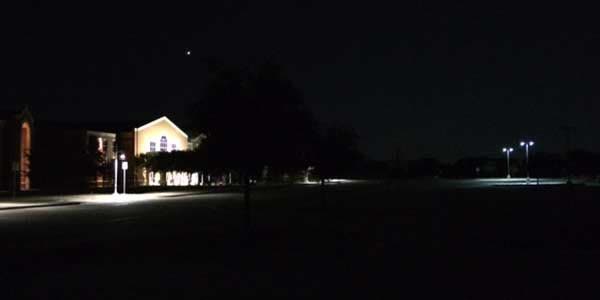A 2023 Transport for New South Wales survey found 59% of female respondents felt unsafe walking after dark, compared with 31% of men. Poor lighting was identified as the most common reason respondents felt unsafe in general.
Despite research finding more lighting at night would be popular with many people, councils and other authorities often hesitate installing lights in public areas. Across Australia concerns about local nocturnal wildlife, as well as costs, are cited as reasons not to light public spaces at night.
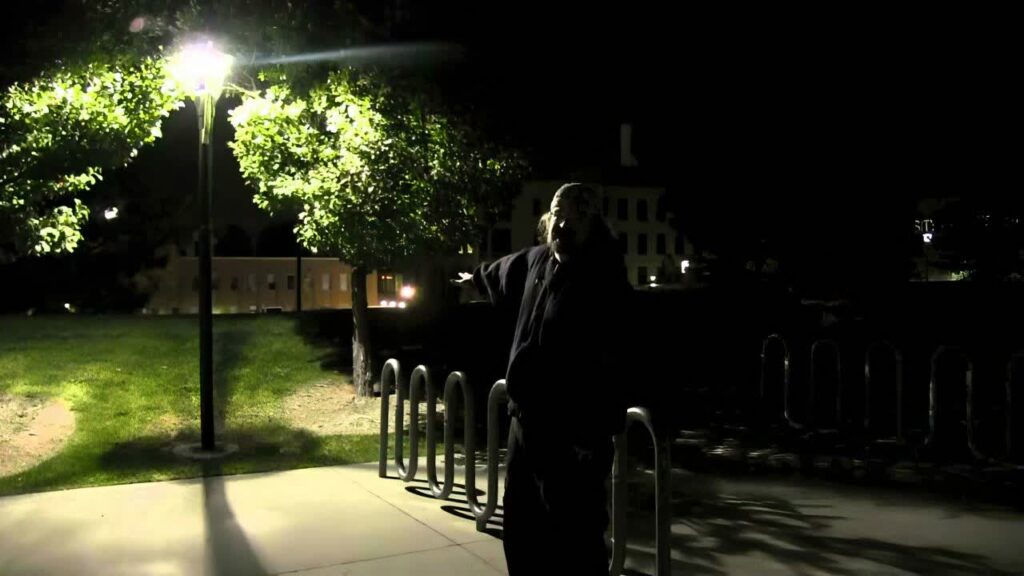
However, experts say a lack of lighting at parks, transport stops and other public spaces can make women feel unsafe, limit their engagement with their communities, affect their health and curtail their freedom. Prof Nicole Kalms, of Monash University’s XYX Lab of gender-sensitive design, has conducted projects researching women’s sense of safety in Victoria and New South Wales. This includes the crowd-sourced Yourground initiatives encouraging women to place pins on maps to rate their sense of safety in particular locations.
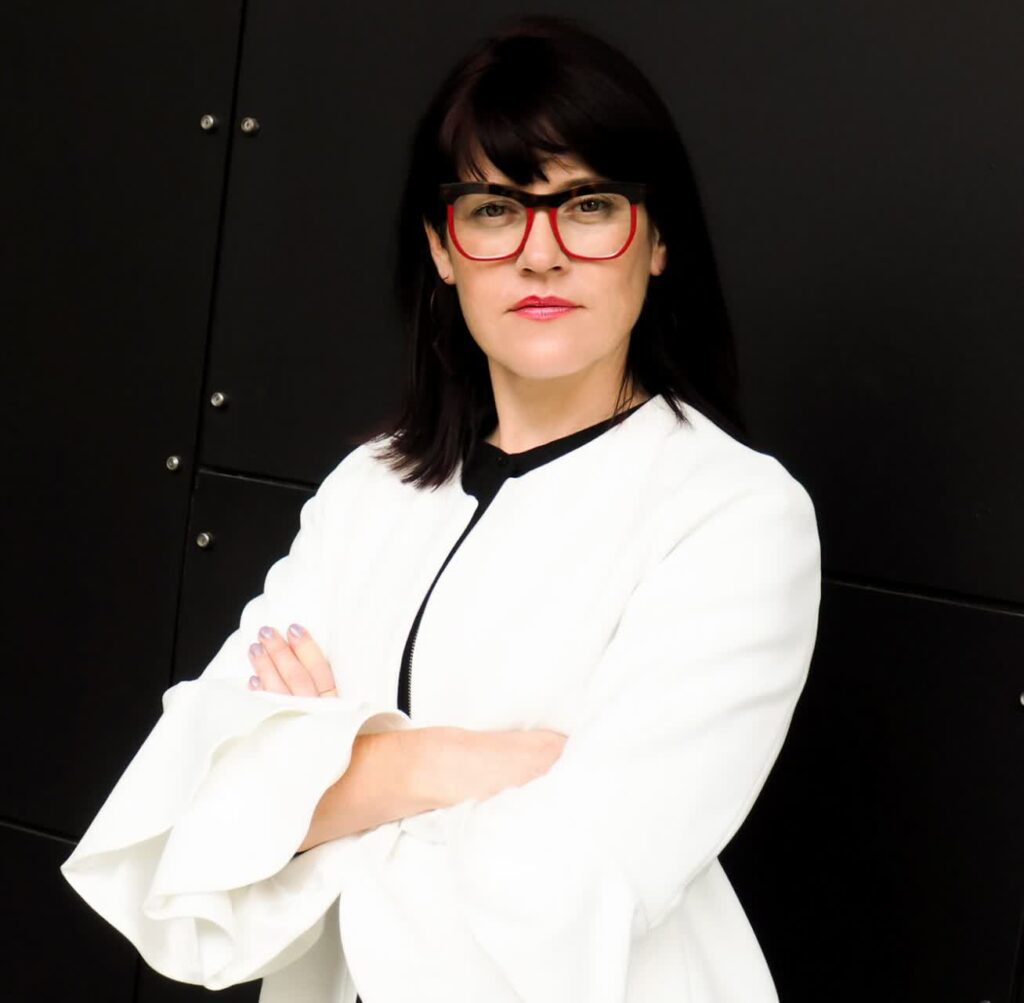
Yourground reports found poor lighting in public space was the top concern raised by women, with respondents saying it means they walk and exercise less, especially in winter. “Our work in Victoria actually found that many women bought dogs to make them feel safer exercising at night,” Kalms says. Kalms is an advocate for better lighting in public spaces but she says research has found the type of lighting matters. Environments that are lit with harsh light can feel unsafe while sensor-activated lighting alerts strangers to a pedestrian’s presence.
Kalms says women say they want to see a compromise to the cost and wildlife concerns about lighting, such as illuminating a portion of larger public gardens, as well as only lighting during some hours instead of all night long. This is the approach the City of Melbourne has taken lighting the running path known as the Tan, at Melbourne’s Royal Botanic Gardens. Initially lit up as part of the 2006 Commonwealth Games, the council later expanded the lighting and made it permanent. Now, the whole Tan track is lit every day, with lights turned off between midnight and 5:30am.
“Since then, we’ve seen a surge in avid runners and recreational walkers enjoying the Tan who tell us they feel safe getting active along this route,” a City of Melbourne spokesperson says.
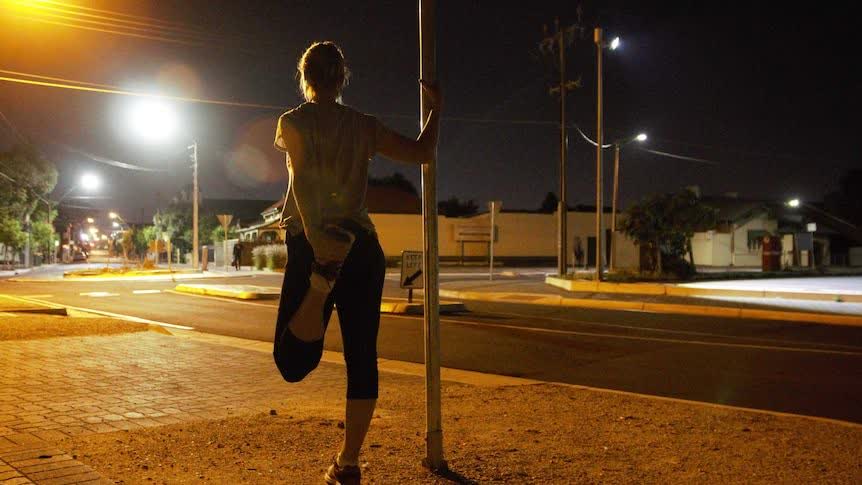
In Sydney, colourful lighting was installed in Moore Park – adjacent to Centennial Park – for the 2023 football Women’s World Cup, for people walking from Central station to the Sydney Football Stadium. However, those lights have since been removed.
Ignoring women in the context of the city
It’s not just parks. Walking to and from public transport, as well as waiting at bus stops and train stations, can feel unsafe if there is no adequate lighting, Kalms’ studies have found. Lauren Streifer, CEO of the Public Transport Association Australia and New Zealand (PTAANZ), points to research that shows that one in five women don’t feel safe when using public transport.
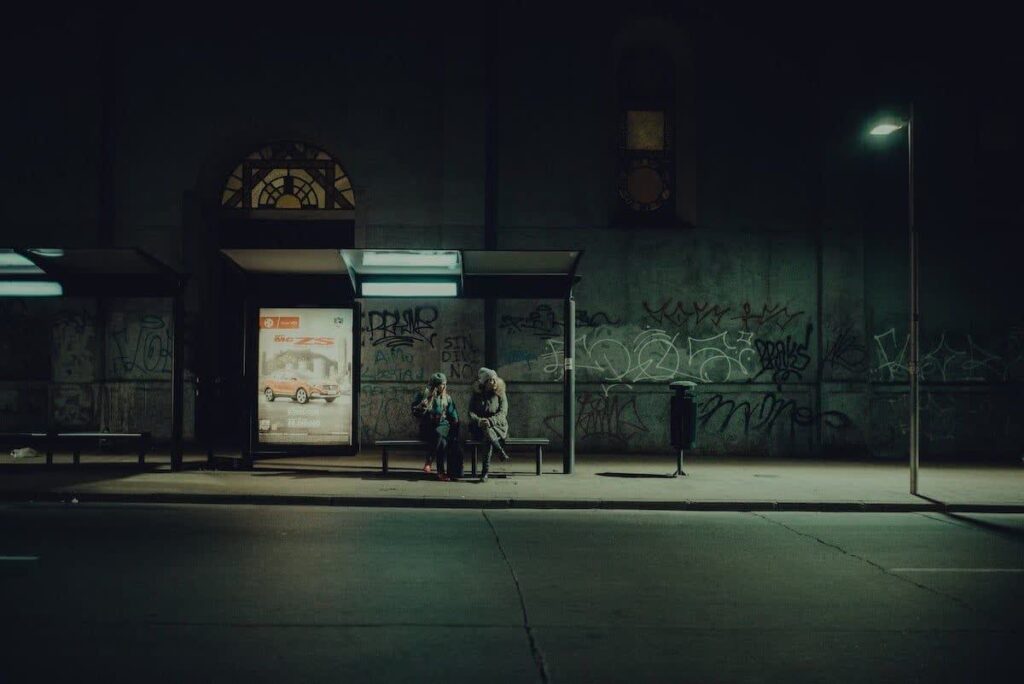
Part of this is due to poor lighting at stations and stops, as well as infrequent and inconsistent service gaps that lead to long waits in poorly-lit environments. Streifer says that because men have traditionally dominated urban design and transport planning, little thought is given to designs that would make women feel safe.
Transport technology company NEC has calculated that only 20% of senior transport roles in Australia are held by women, and women account for only 4% of CEOs in the industry. “It’s a big problem because we know that better public transport ridership leads to better social outcomes for women,” Streifer says.
The problem is so prominent that PTAANZ has produced a podcast with NEC, Women Who Move Nations, exploring female decision-makers in transport and urban design, and how projects devised without consulting women have ultimately served them poorly. “Public transport is twice as safe as driving, and our cities are much safer than other parts of the world but because of a lack of diverse opinions when planning things like lighting, routes that women take and service frequency and connections, there’s a perception among women that it isn’t safe,” Streifer said.
Inadequate lighting is also creating barriers for girls from a young age, says Estelle Grech, an urban planner at the Committee for Sydney who researched how to design better cities for women for her Churchill Fellowship. “Kids are mostly afraid of the dark but girls generally don’t get over that fear. You’re conditioned to change your behaviour if it’s dark.”
Her research also found that the spaces that are well lit at night often include sports courts or skate parks – male dominated activities – while playground and exercise equipment used by mothers and children are left in the dark. “I was doing research in [Sydney’s] Bankstown at 10pm and saw a woman with an iPhone torch using the exercise equipment in the dark,” Grech says. “She said that this was the only time she could exercise, once her kids were asleep. She lived in an apartment with no backyard, so she literally couldn’t exercise any other time.”
Lighting is important to improve perceptions of safety but Grech stresses it is ultimately a temporary solution for broader societal problems. “In the end it’s not just [about] darkness. Darkness doesn’t rape or attack women … we should be designing for women’s autonomy, because we want women to feel as free as they can to do whatever they want without changing which way they go, when they go, or what they wear.”
Guardian


